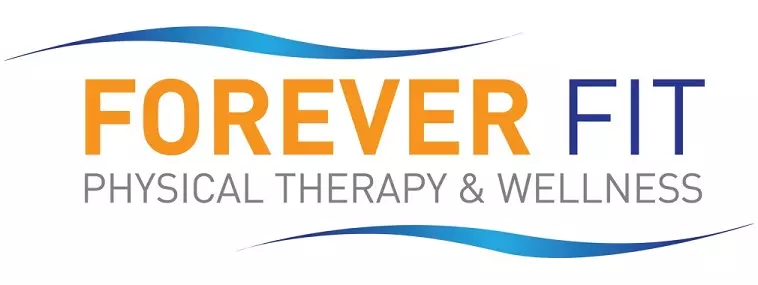Experiencing discomfort around the outside of your ankle? Foot and ankle pain can lead to a variety of other issues, including disruption of your regular routine. Foot and ankle pain are very common symptoms. According to one study, foot pain affects up to 36% of the global population. In many cases, foot pain and ankle pain are directly linked. Pain in this region of the body occurs for many different reasons. In some cases, it is the result of a recent injury. In other cases, foot and ankle pain stem from a chronic health condition. If your pain radiates specifically from the outside of your ankle, one potential cause is peroneal tendinitis.
Tendinitis refers to irritation or inflammation of the tendons. If you have tendinitis, you may experience persistent pain and stiffness around the affected region. Tendinitis around the ankle is called peroneal tendinitis because it affects the peroneal tendons, which are thick bands of tissue that run from the ankle into the upper foot. The peroneal tendons connect your bones and muscles, serving an important purpose in keeping your feet functioning. When tendinitis leads to swelling and pain in your ankle tendons, it can make simple activities such as walking and running much more difficult. Fortunately, your tendinitis does not have to go untreated. Physical therapy is an excellent treatment option. By learning more about the top PT treatments for tendinitis, you can get a clear understanding of why PT is so effective.
Physical therapy treatments for peroneal tendinitis
- PEACE & LOVE — If you have peroneal tendinitis, overexertion can worsen your condition. This is where PEACE & LOVE comes in. PEACE & LOVE stands for protection, elevation, avoid anti-inflammatories, compression, education, load, optimism, vascularization and exercise. The first part, protection, means keeping your ankle protected while you recover. Areas affected by tendinitis can be particularly vulnerable to new injuries and other complications. Elevation, the second part of PEACE & LOVE, is key to supporting healthy circulation. By keeping your foot elevated, you can help your ankle get the nutrients it needs. Avoiding anti-inflammatory medication might seem counterintuitive, but this step is important. Anti-inflammatories can slow down your body’s natural healing processes, causing your tendinitis to last longer. Compression means using bandages or taping to reduce swelling, a common tendinitis symptom. Education refers to the education your body can offer. Listen to your body and make sure not to push it too far while you recover.
Load (the L in LOVE) is about gradually increasing the load you put on the affected area. As you recover, you can make a gradual return to regular activities that involve your ankle bearing your body weight. Optimism is important when addressing any soft tissue condition. A positive mindset can be crucial to keeping you on track as you work toward recovery. A positive mindset keeps the nervous system calm, decreasing likelihood of chronic sensitivity in tissues. Vascularization essentially means “get your body moving.” Motion can improve your blood flow, accelerating your natural healing process. Finally, the last letter of PEACE & LOVE stands for exercise. Exercise, carefully chosen to target the right areas at the right time, is the role in physical therapy. A good exercise regimen can help you improve your condition and address your painful symptoms head-on. A good physical therapist can also keep you active and moving while healing.
- Targeted exercises — Personalized care is a core element of physical therapy. When it comes to rehabilitative exercise, a good physical therapist will understand that each patient has different needs. Your condition, capabilities and wellness goals are all factors that should be considered when developing an exercise plan. Working with you, your physical therapist can put together a set of exercises tailored to your personal needs. Targeted exercises may include gentle foot stretches as well as some strengthening exercises. Different exercises may be able to address your tendinitis in different ways. A light foot stretch, for example, can help reduce tension around the ankle tendon. This can in turn alleviate your pain. An ankle strengthening exercise, on the other hand, may incorporate resistance bands to improve strength in the muscles around your ankle. Building strength in the peroneal muscles improves structural support for the peroneal tendon, which is another great way to directly address the source of your outside ankle pain. By engaging with a set of personalized PT exercises, you can take an active role in your recovery journey.
- Total Motion Release® — Looking for a physical therapy treatment method that emphasizes a holistic approach? Total Motion Release may be an ideal solution. Utilizing a range of techniques, Total Motion Release can help realign your body and offer pain relief. TMR® is designed to address a range of musculoskeletal issues including tendinitis, meaning it can help address the inflammation in your peroneal tendons.
Find relief from your tendinitis with help from Forever Fit Physical Therapy & Wellness
Forever Fit Physical Therapy & Wellness offers top-notch PT for tendinitis and a wide variety of other issues causing outside ankle pain. We can identify the source of your pain and provide treatment geared toward long-term relief.
Contact our team today for more information or to schedule an initial appointment.

